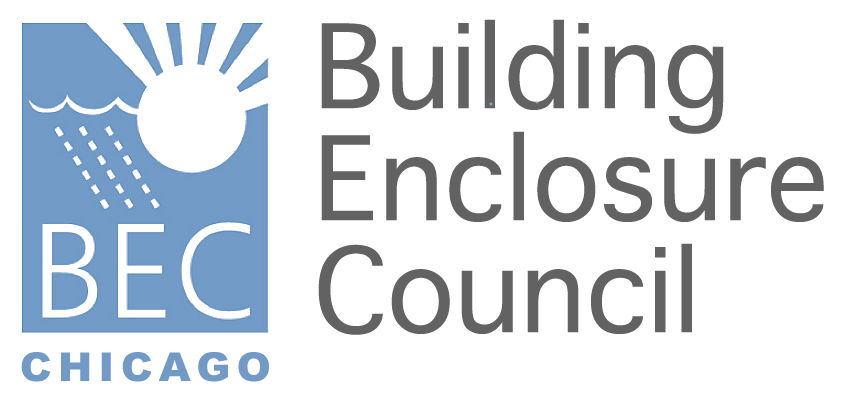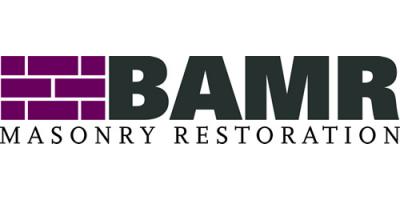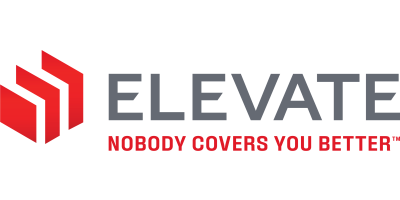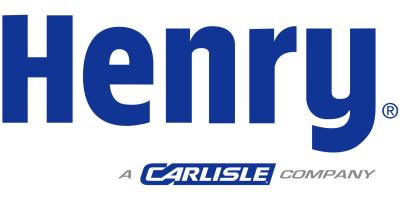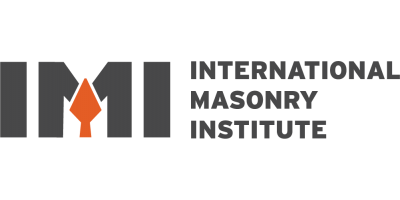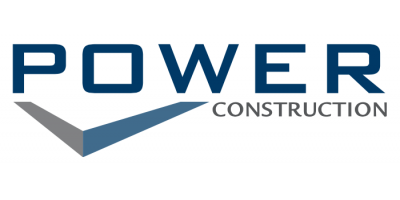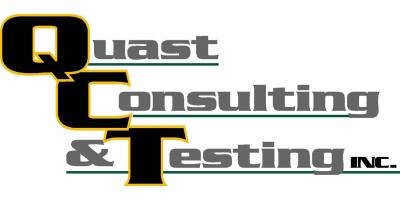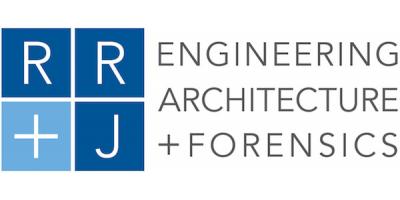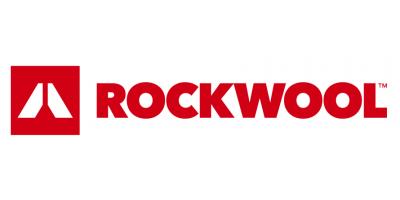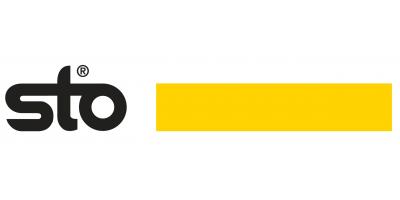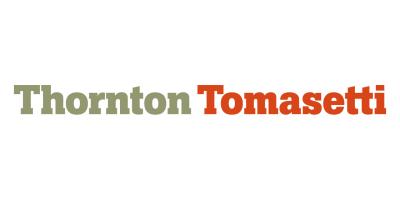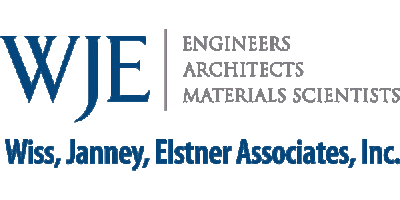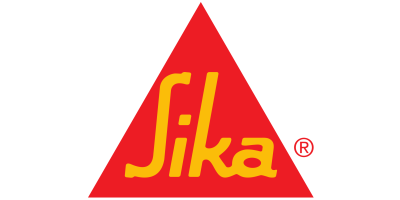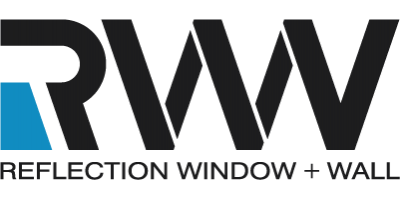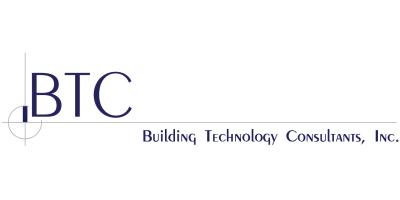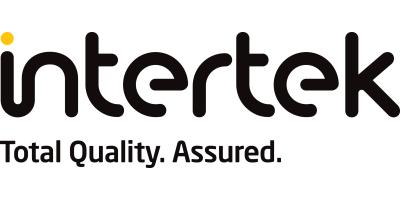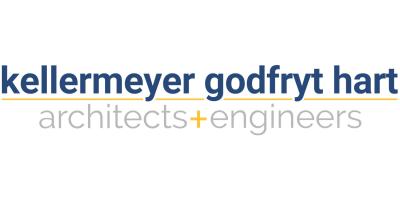| Location | International Masonry Institute, 2140 W. Corporate Drive, Addison, IL 60101 |
| File attachments |
Registration: https://www.eventbrite.com/e/masonry-monday-how-to-accommodate-movement…
Program Description:
Location of horizontal expansion joints, shelf angles, has been well understood and using industry recommendations can result in brick veneer structures that perform fine. However, newer types of construction, particularly taller light frame wood construction, has created some issues that are beyond the typical recommendations for brick veneer. This presentation outlines the basics of movement of building materials. It considers the differential movement of the brick veneer compared to the backing. Backings of concrete masonry, steel studs and wood stud are covered. Besides the calculation of movement, details and techniques are described that allow brick veneer to be used on structures over 30’ tall.
AIA/CES Learning Unit Hours: 1.0 HSW
Objectives:
- Attendees will be able to determine the movement coefficients for different materials.
- Attendees will be able design appropriate locations for shelf angles as well as the proper detail.
- Attendees will be able to detail for increased differential movement for tall brick veneer projects.
- Attendees will be able to explain what movement provisions are required for different backing materials (masonry, steel and wood).
Questions? Contact Jeff Diqui at jdiqui@imiweb.org
